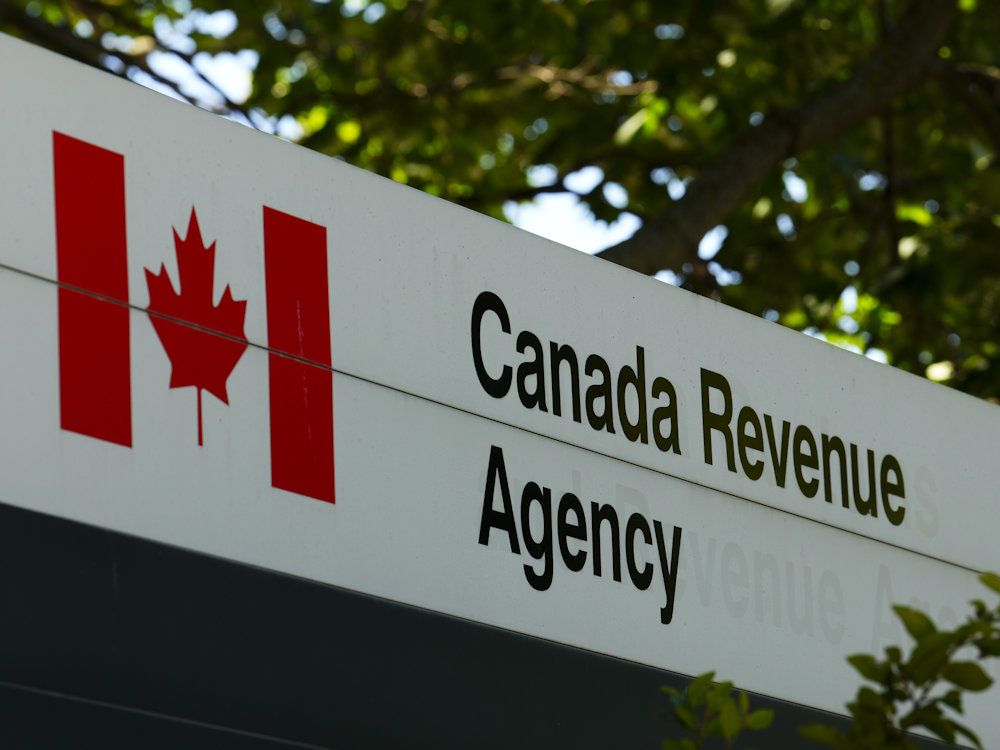Some economists expect U.S. tariffs would cut around 2% to 4% from Canada's GDP, depending on how they are implemented and how Canada responds
Author of the article:
Bloomberg News
Randy Thanthong-Knight
Published Dec 30, 2024 • 2 minute read

Canadians are less optimistic about the direction of their economy than they’ve been in more than a year, as Donald Trump’s tariff threats create uncertainty for one of the largest U.S. trading partners.
Article content
Article content
The Bloomberg Nanos Canadian Confidence Index, a measure of sentiment based on weekly polling, extended its declines to reach 49.08, the lowest level since November 2023. A reading below 50 indicates net negative views.
Advertisement 2
THIS CONTENT IS RESERVED FOR SUBSCRIBERS
Enjoy the latest local, national and international news.
- Exclusive articles by Conrad Black, Barbara Kay and others. Plus, special edition NP Platformed and First Reading newsletters and virtual events.
- Unlimited online access to National Post and 15 news sites with one account.
- National Post ePaper, an electronic replica of the print edition to view on any device, share and comment on.
- Daily puzzles including the New York Times Crossword.
- Support local journalism.
SUBSCRIBE FOR MORE ARTICLES
Enjoy the latest local, national and international news.
- Exclusive articles by Conrad Black, Barbara Kay and others. Plus, special edition NP Platformed and First Reading newsletters and virtual events.
- Unlimited online access to National Post and 15 news sites with one account.
- National Post ePaper, an electronic replica of the print edition to view on any device, share and comment on.
- Daily puzzles including the New York Times Crossword.
- Support local journalism.
REGISTER / SIGN IN TO UNLOCK MORE ARTICLES
Create an account or sign in to continue with your reading experience.
- Access articles from across Canada with one account.
- Share your thoughts and join the conversation in the comments.
- Enjoy additional articles per month.
- Get email updates from your favourite authors.
THIS ARTICLE IS FREE TO READ REGISTER TO UNLOCK.
Create an account or sign in to continue with your reading experience.
- Access articles from across Canada with one account
- Share your thoughts and join the conversation in the comments
- Enjoy additional articles per month
- Get email updates from your favourite authors
Article content
The confidence index has been sliding since Trump’s election on Nov. 5, and the pessimism may reflect growing concerns that the new U.S. administration will place tariffs on Canadian products.
Exporters depend on the ability to ship energy, cars, minerals and other goods to the world’s largest economy, while Canada’s consumers and businesses also rely heavily on American-made products. Canada is by far the largest external supplier of crude oil to the U.S.
Some economists expect tariffs would shave an estimated 2 per cent to 4 per cent from Canadian gross domestic product, depending on how they are implemented and how Canada responds.

The U.S. president-elect threatened last month to put 25 per cent tariffs on all goods coming into the U.S. from Mexico and Canada, unless those countries make changes to curb the flow across borders of migrants and fentanyl. Canada is a relatively small source of both.
U.S. agents seized about 50 pounds of fentanyl at the norther border in the 12-month period ended November, compared with 20,800 pounds at the Mexico-U.S. border, according to data from U.S. Customs and Border Protection. Still, top Canadian federal ministers and provincial premiers have announced plans to boost policing and monitoring near the border.
Advertisement 3
Article content
About 60 per cent of respondents in the Bloomberg Nanos poll think the Canadian economy will be weaker in the next six months. That’s the biggest share of negative sentiment on that question in more than two years, and a rapid rise from 34 per cent eight weeks ago.
The bond market also sees a weaker Canadian outlook. The spread between U.S. and Canadian 10-year benchmark yields has now ballooned to nearly the widest point since at least the global financial crisis. That spread is a proxy for how investors see the relative long-term growth potential and inflation pressures of the two economies.
Recommended from Editorial
-

Canadians agree with Trump on border, lack confidence in Trudeau on tariffs: poll
-

Trump's 25% tariff 'would be devastating to workers and jobs,' Ford says
Our website is the place for the latest breaking news, exclusive scoops, longreads and provocative commentary. Please bookmark nationalpost.com and sign up for our daily newsletter, Posted, here.
Article content
.png)
 1 week ago
18
1 week ago
18




































 Bengali (BD) ·
Bengali (BD) ·  English (US) ·
English (US) ·